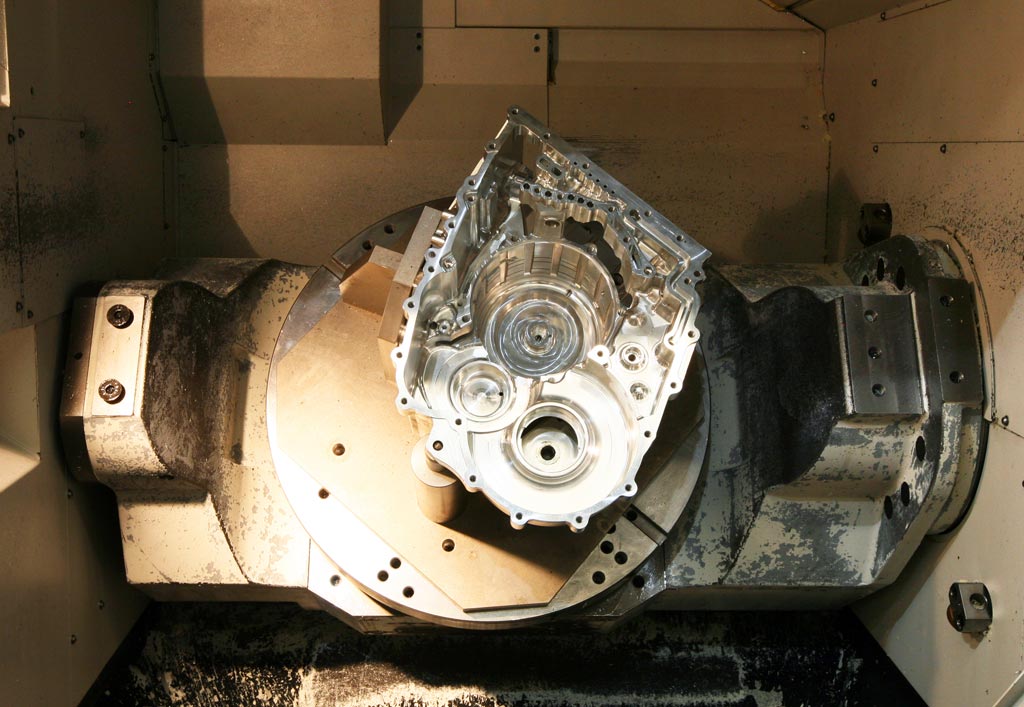
Aero Spec Engineering in Australia specialises in multi-axis CNC and advanced machining, carrying out vital 3, 4, and 5-axis manufacturing techniques.
At Aero Spec Engineering, we leverage cutting-edge multi-axis CNC and advanced machining techniques to deliver high-precision manufacturing services across Australia. Our expertise in 3, 4, and 5-axis machining enables us to produce complex parts with exceptional accuracy, meeting the demands of industries such as aerospace, automotive, and manufacturing.
What is Multi-Axis CNC Machining?
Multi-axis Computer Numerical Control (CNC) machining refers to the ability of the machine tool to move and control the tool along multiple axes simultaneously. This added movement enables the creation of more complex shapes and features in a single operation, reducing the need for manual intervention and multiple machine setups.
Three types of machines can be maximised for multi-axis CNC machining. They are 3-axis CNC machines, 4-axis CNC machines, and 5-axis CNC machines.
3-Axis CNC: The Staple in Machining Operations
3-axis CNC machines are a staple in machining operations due to their simplicity and versatility. They are ideal for basic parts that require cuts along three planes (X, Y, and Z). This includes flat surfaces, holes, and simple contours.
Despite their relative simplicity, 3-axis machines can produce a wide range of components with high accuracy. They’re especially efficient in rapid prototyping, small-batch production, and cost-effective manufacturing, where only simple geometries are required.
4-Axis CNC: Achieving Precision and Flexibility
4-axis CNC machining introduces a significant improvement over the 3-axis machine. The addition of a rotating axis (typically the A-axis) allows the workpiece to be tilted and rotated while cutting, enabling manufacturers to machine parts from multiple sides without moving or repositioning the material.
This capability is especially beneficial for parts with complex geometries or multiple features on different faces. Industries that commonly use 4-axis CNC include automotive, aerospace, and medical device manufacturing, where precision and reduced handling time are critical.
One of the key advantages of 4-axis CNC machining is the reduction in setup time. Parts can be machined on all relevant surfaces in a single setup, improving productivity and reducing the potential for human error. Additionally, the ability to work with more intricate shapes opens doors to more complex parts that wouldn’t be feasible with a 3-axis machine.
5-Axis CNC: Advanced Machining for Complex Parts
When it comes to complex machining, 5-axis CNC machining is unparalleled. With the addition of two rotational axes (often labelled A and B), this advanced system allows for multi-directional movement, which is perfect for intricate parts with curved surfaces or undercuts.
The key benefit of 5-axis CNC is its ability to machine parts with extreme accuracy, even in the most complex geometries. This makes it ideal for industries requiring high levels of precision, such as aerospace, medical devices, and turbine blades. The ability to access every side of the workpiece without needing to reposition it multiple times drastically improves both production time and accuracy.
5-axis machining also allows for continuous machining, which means a part can be completed in fewer operations. This reduction in manual handling results in a better surface finish and higher overall quality of the end product.
Need help with multi-axis CNC machining and advanced machining? Work with Aero Spec Engineering today. We have mastered 3-axis, 4-axis, and 5-axis CNC machining techniques so we can stay competitive in the modern, fast-paced manufacturing environment.
Optimized by: Netwizard SEO
